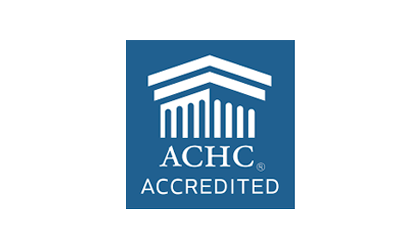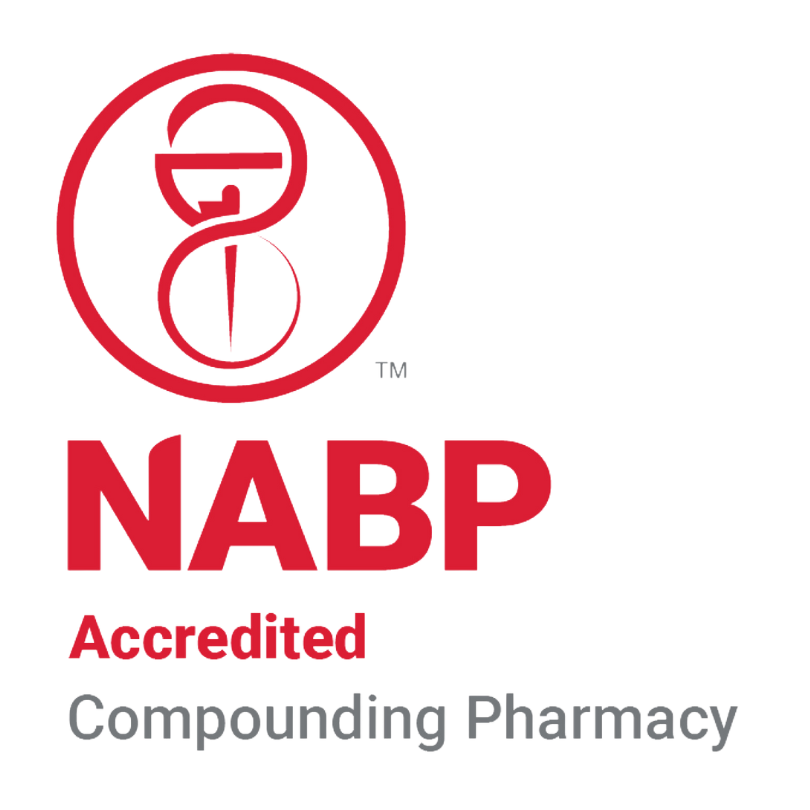Experts in Sterile Compounded Ophthalmic Prescriptions
Our accreditations place us in the top 1% of compounding pharmacies
Eye drops are often needed at a higher strength than what is commercially available for certain conditions and therefore, must be prepared by a compounding pharmacy.
Often, the alternative to fortified ophthalmic drops is hospitalization and Intravenous infusions.
It is important to get these eye drops to the patient very quickly when needed!
“Timely intervention will help the most resistant microbial keratitis and prevent the need for surgical intervention”
The conditions that may require fortified eye drops:
- Resistant microbial keratitis – This diagnosis is considered an emergency situation.The infection can progress rapidly and can progress quickly and can cause permanent damage that decreases vision. Around 30,000 cases of microbial keratitis occur annually in the U.S.
- Corneal ulcers
- Bacterial infections on the ocular surface
Commonly prescribed eye drops
Tobramycin Fortified Ophthalmic Solution
- We can compound strengths 13 mg/mL-15 mg/mL (BUD = 14 days)
- Refrigeration Required
Vancomycin Fortified Ophthalmic Solution
- We can compound strengths 12.5 mg/mL, 14 mg/mL, 25 mg/mL, 50 mg/mL (BUD = 14 days)
- Refrigeration Required
Other anti-microbial ophthalmic medications:
- Amikacin (2.5%)
- Cefazolin (50 mg/mL)
- Ceftazidime (5%)
- Chlorhexidine Digluconate (0.02% – 1%)
- Polyhexamethylene Biguanide (PHMB) (0.02%)
- Voriconazole (0.1 – 1%)
Additional ophthalmic medications we commonly compound:
- Acetylcysteine (5%, 10%)
- Albumin (4%, 5%)
- Atropine (0.01%, 0.02%, 0.025%, 0.1%, 0.125%)
- Cyclosporin MCT (0.1%-0.5%, 1%, 2%)
- Dexamethasone (0.01%, 0.1%)
- Edetate Disodium (EDTA) (1%, 2%, 3%)
- Glycerin (50%)
- Mitomycin (0.02% – 0.04%)
- Prednisolone (1%)
- Timolol (0.5%)





